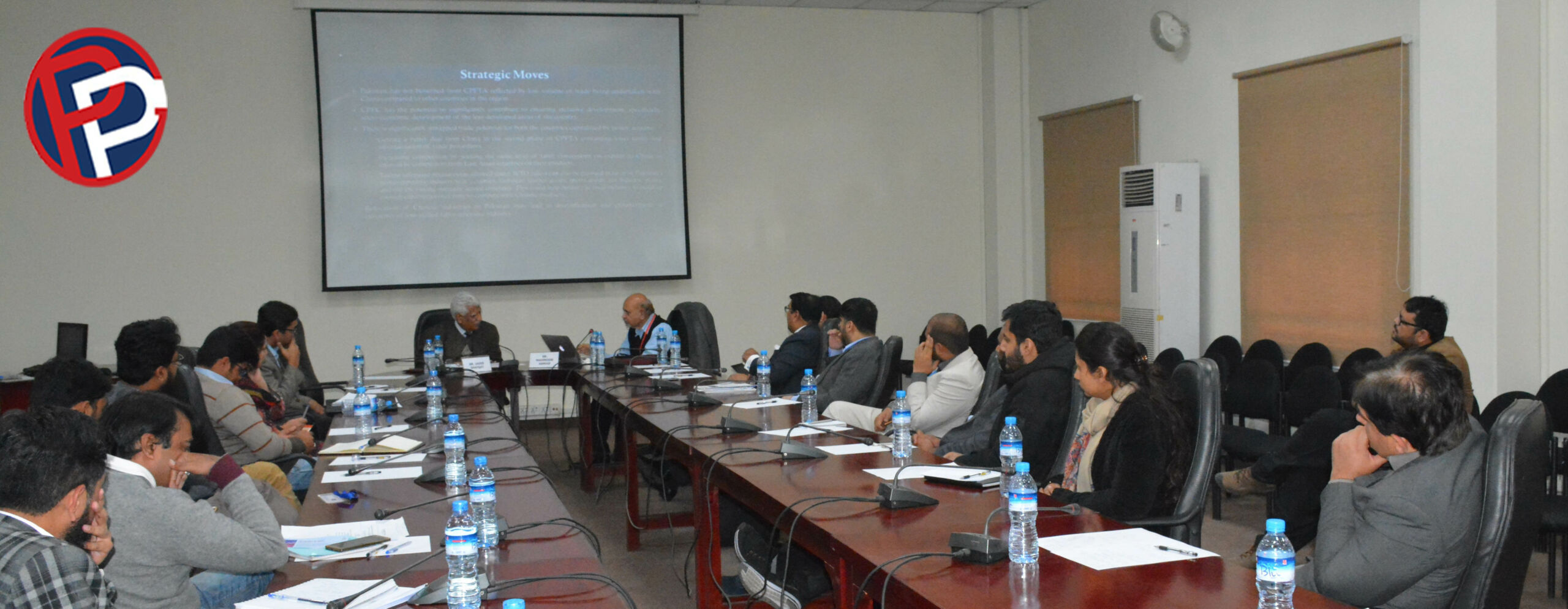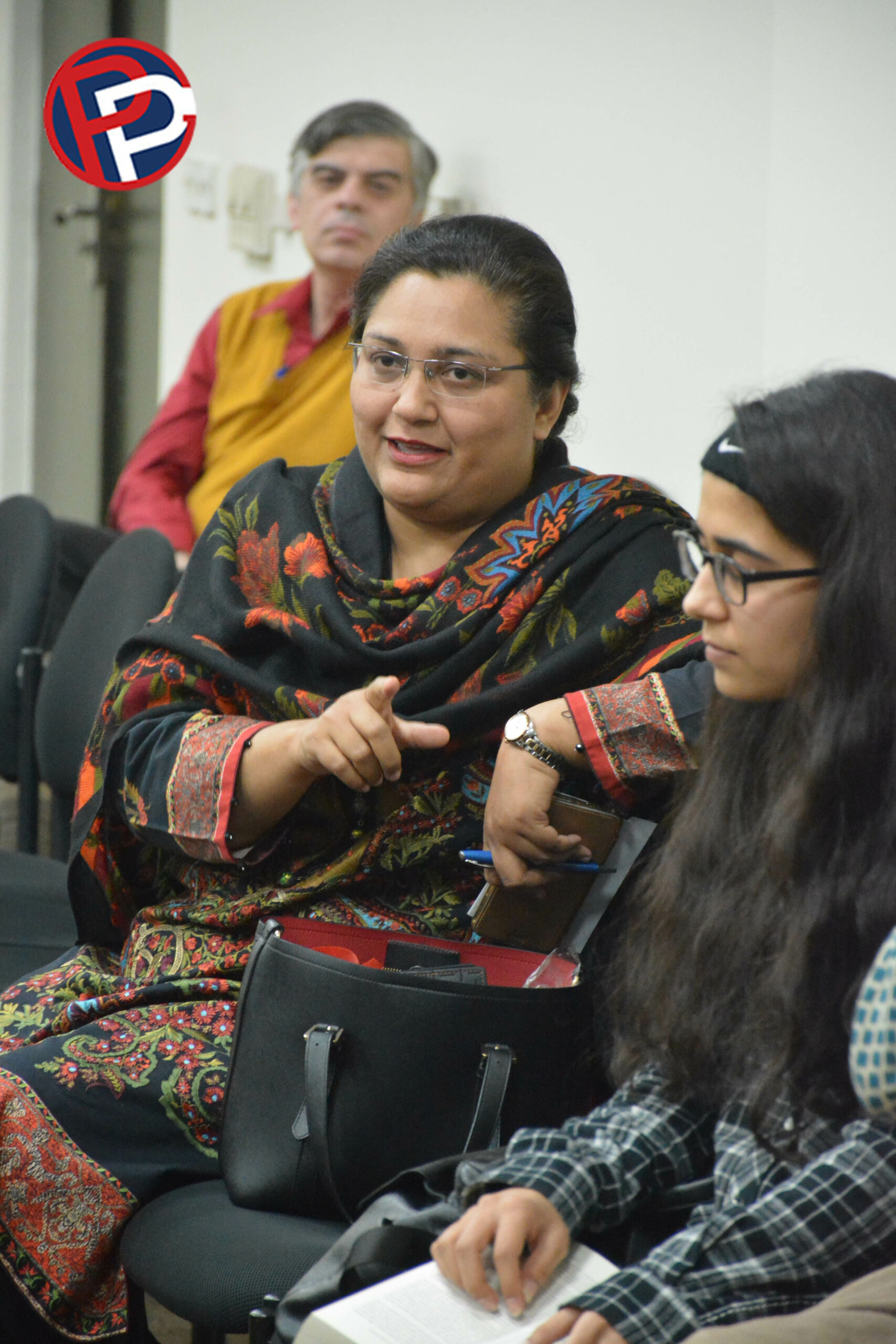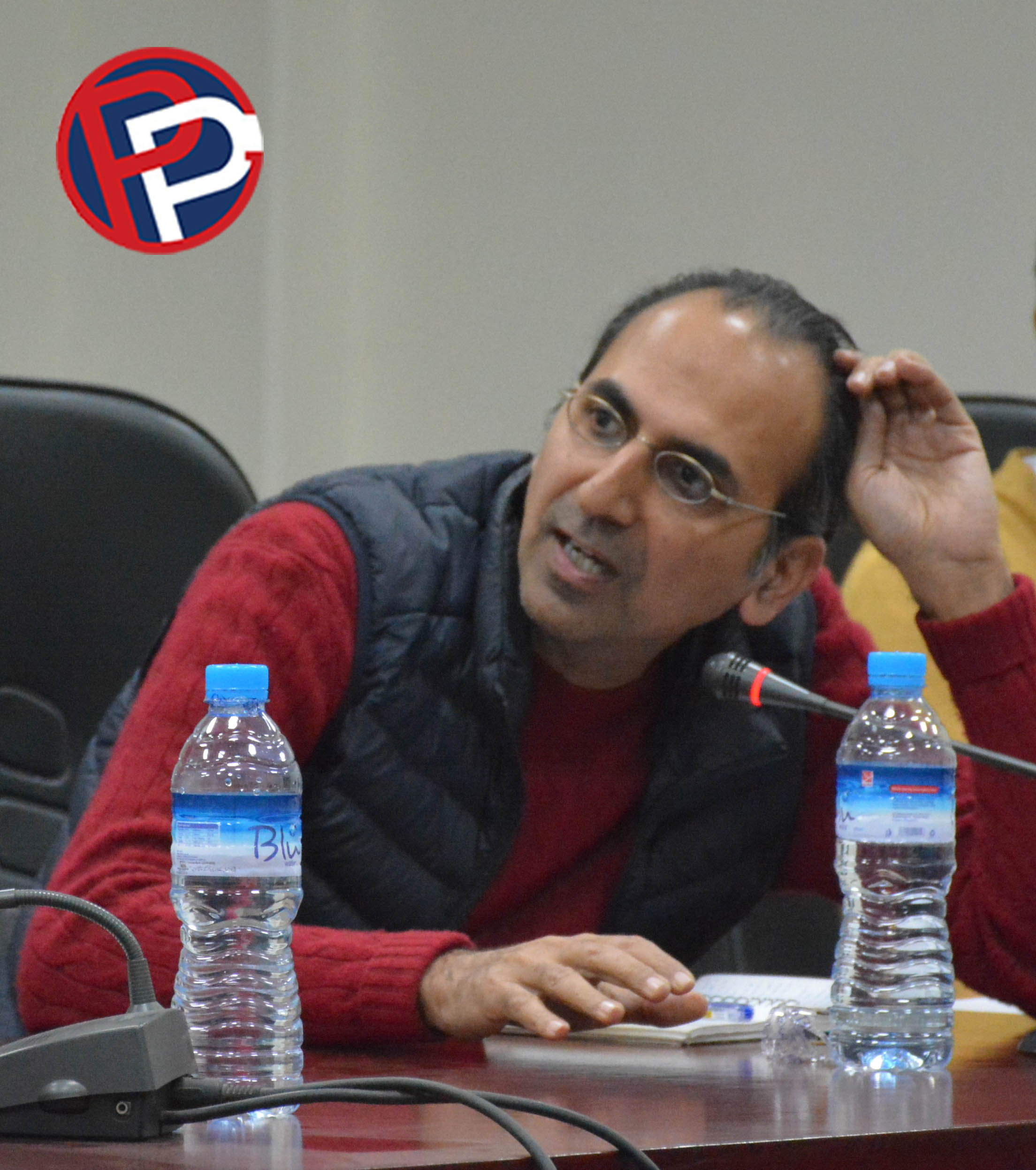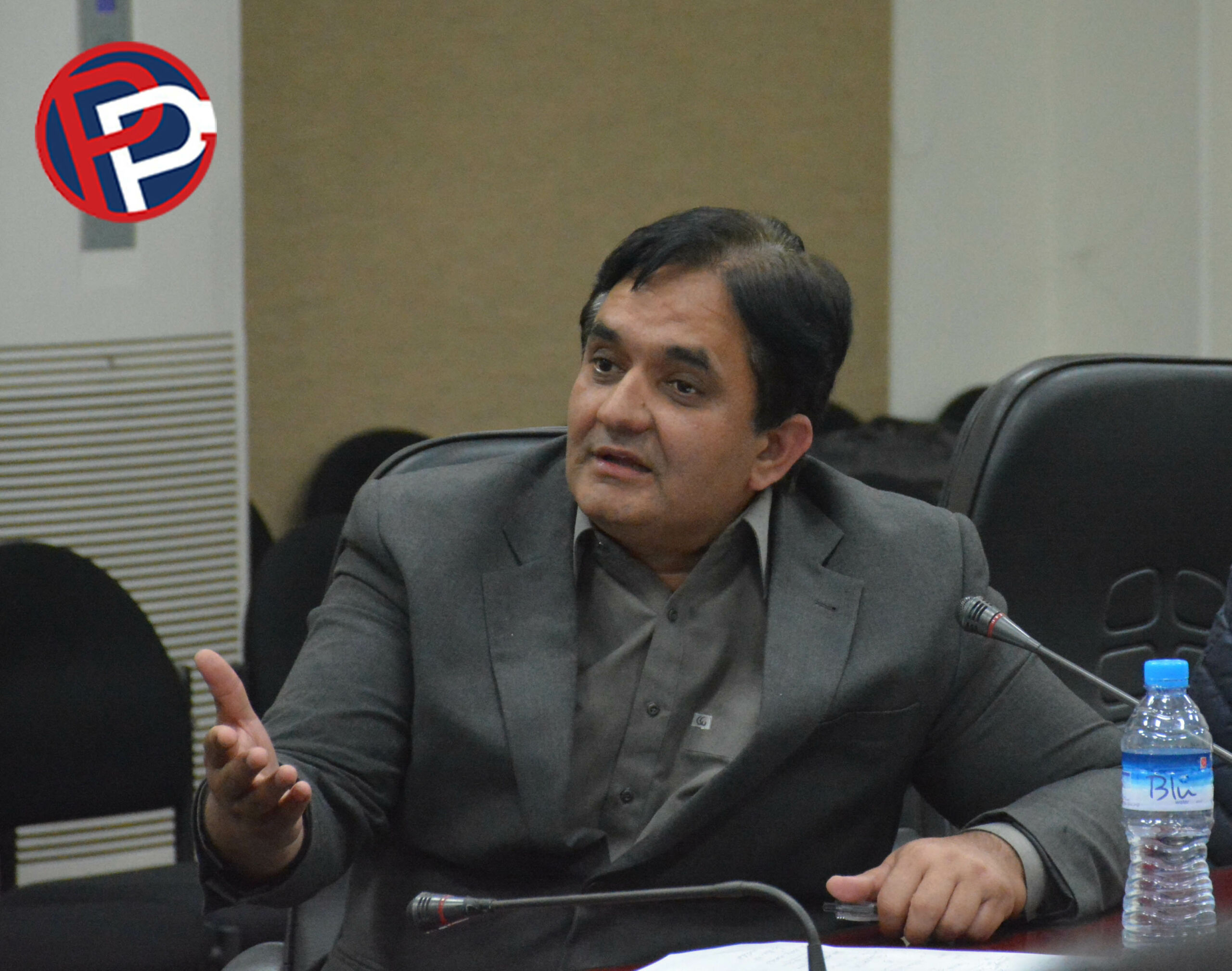
Exploring Agriculture in China Pakistan Economic Corridor (CPEC)
FCC Lahore
Past Event
Dr. Mahmood Ahmad
Seminar
Upcoming Event
On the 12th of February 2019, Dr. Mahmood Ahmad, Visiting Research WIT LUMS and Advisor BIPP visited the CPPG for a seminar on“Exploring Agriculture in CPEC.”
Dr. Ahmad has vast experience in working with international organizations. He was Project Leader/Value Chain Analyst – Horticulture and Livestock, FATA, World Bank SEBCON (2013-15); he also conducted a 5-year assessment plan for HASHOO Foundation, and has also worked with World Bank and FAO as Policy Expert and Policy Analyst. Additionally, Dr. Ahmad was Policy Analyst for UNESCWA (2012-13) in Beirut, Lebanon and also led FAO development programmes on Agriculture policy as Senior Policy Officer in Cairo, Egypt (1980 – 1996).
During his presentation, Dr. Ahmad highlighted the immense potential of Pakistan’s agriculture sector within the context of the CPEC. He pointed out that one of China’s main objectives is to develop its western region and Pakistan must understand the agriculture demands of that region and try to capture that market. We must graduate from producing raw goods to value added agriculture production and must prioritize comparative advantage studies so that we can plan ahead and cater to Western China’s food needs. Demand for food in China overall stands at $1 trillion annually and is projected to increase by another $500 billion in the next 10 years. The sheer size of China’s population (1.3 billion) has resulted in greater consumer demand for higher value products. There is a significant mismatch between Chinese import commodities and Pakistani agricultural and food exports. Therefore it is recommended that Pakistan must match its export to Chinese consumption patterns.
Based on extensive value added research, Dr. Ahmad found that livestock, olive production, and Pine-nuts were some sectors that could be looked towards. For instance, veal/beef and cattle, though carry low volumes, offer huge potential for exporting to a growing market
Taking advantage of Pakistan’s unique geographical location and predominantly agrarian economy, could allow for a significant increase in exports. Therefore, in terms of agriculture policy in the context of the CPEC, we need to produce goods that are high in quality and carry value addition to fetch value per unit of export. There is a shortage of arable land and freshwater resources in China, and they need to import land-extensive crops (such as wheat, rice livestock) to feed its population.
Dr. Ahmad’s further policy recommendations involve increasing the productivity of the agriculture sector, placing priority on enhancing water productivity. China’s ever-increasing population requires high quality goods, which presents a unique opportunity for agriculture exports from Pakistan. Expected investment from Chinese companies should be made in a way that ensure that value addition is taking place and that employment opportunities for Pakistani farmers and laborers alike are guaranteed.
Products such as rice, meat, and cotton have great potential for higher export volumes. Additionally, Pakistan should make a case with China to consider relocation of their export oriented industries to Pakistan like garments, solar panels, mobile phones, electrical equipment, electronics, and food processing.
This is instrumental in transferring technology, channelizing the economies of scale, and adding value to the production chains in sectors like agriculture, industry and information technology. This will lead to the much-needed diversification and enhancement of efficiency of the low-skilled labor-intensive industry.
All in all, the CPEC has the potential to significantly contribute to ensuring inclusive agricultural development, specifically targeting socio-economic development, of the less-developed areas of the country.





